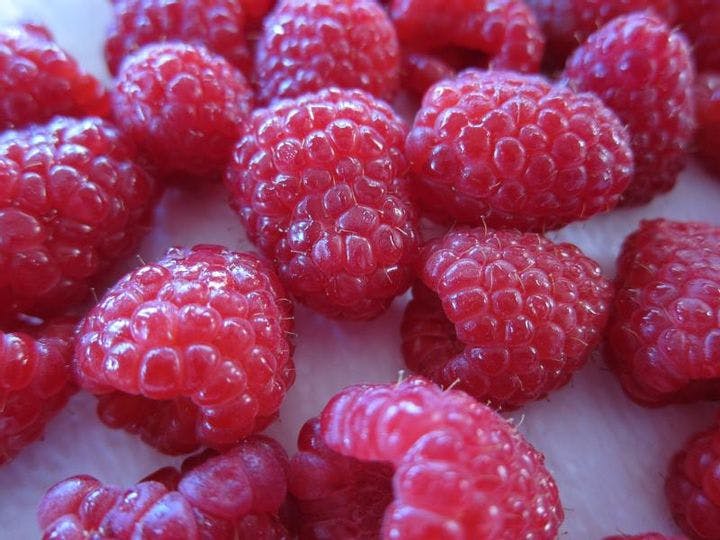Summer 2009
Farming for Real
– The Wilson Quarterly
Critics say futuristic schemes and rigid insistence on organic methods undermine farmers' efforts to gradually improve agriculture.
The $4 heirloom tomato is not going to save the world, writes Paul Roberts, author of The End of Food (2008). Organic farming, locally grown vegetables, and vertical pea patches won’t feed 6.7 billion people. Achieving truly sustainable farming will require more than merely sparing the herbicides and patronizing the local farmers’ market. The expensive agricultural techniques that have beguiled food activists may have passed their expiration dates.
Organic agriculture supplies less than three percent of America’s food, Roberts writes, and ramping up acreage free of synthetic fertilizers to a global level is a chimera. Vaclav Smil, an environmental scientist at the University of Manitoba, says that such an expansion would “require complete elimination of all tropical rainforests, conversion of a large part of tropical and subtropical grasslands to cropland, and the return of a substantial share of the labor force to field farming.”
Another greatest hit on the sustainable farming activist checklist is the concept of local food. But most eaters now live in cities, far from the producers. Close-in farmland either is economically prohibitive or requires farmers to concentrate on high-margin products—heirloom tomatoes and mache spring to mind—to survive. Moreover, rural communities can’t sustain themselves economically by selling locally. One farmer in Oregon can grow more pears on a few hundred acres than the entire state can eat in a season, according to Roberts.
Dickson Dispommier, a Columbia University professor and visionary champion of vertical farming, claims that a 30-story glass skyscraper using nonsoil farming could produce enough food on a single city block to feed 50,000 people. But his farm would cost $200 million to build. Other seers are promoting more modest vertical schemes, such as Sky Vegetables, which would use grocery store rooftops—for example, the four acres atop a typical Wal-Mart superstore.
But if sustainable food is to mean anything for more than the affluent few, long-distance transportation cannot be eliminated, Roberts argues. Parts of Asia and Africa are rapidly running out of water and arable land. And some things simply grow better in certain places.
The quest for the perfect sustainable system cannot be allowed to block the many pathways toward better food practice, Roberts says. Farmers who vastly reduce their use of synthetic fertilizer should not be treated as pariahs because they still use herbicides. The principle of reducing “food miles” might be advanced by curtailing fresh-raspberry airlifts from Mexico, but it shouldn’t be used to undermine the efficient bulk-delivery systems supermarkets already have in place.
THE SOURCE: “Spoiled: Organic and Local Is So 2008” by Paul Roberts, in Mother Jones, March–April 2009.
Photo courtesy of Flickr/Neeta Lind
